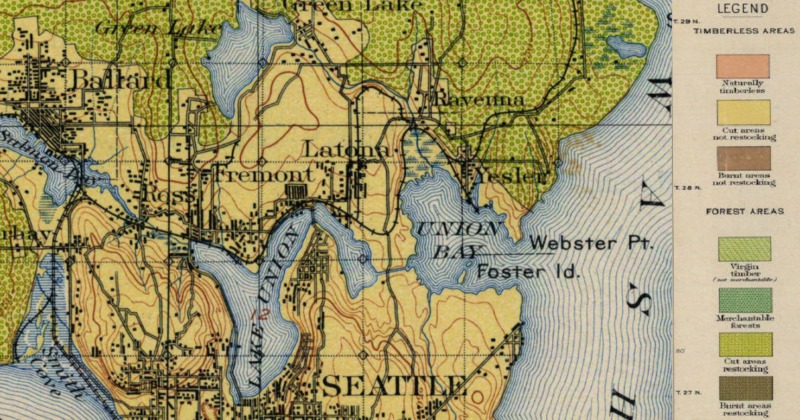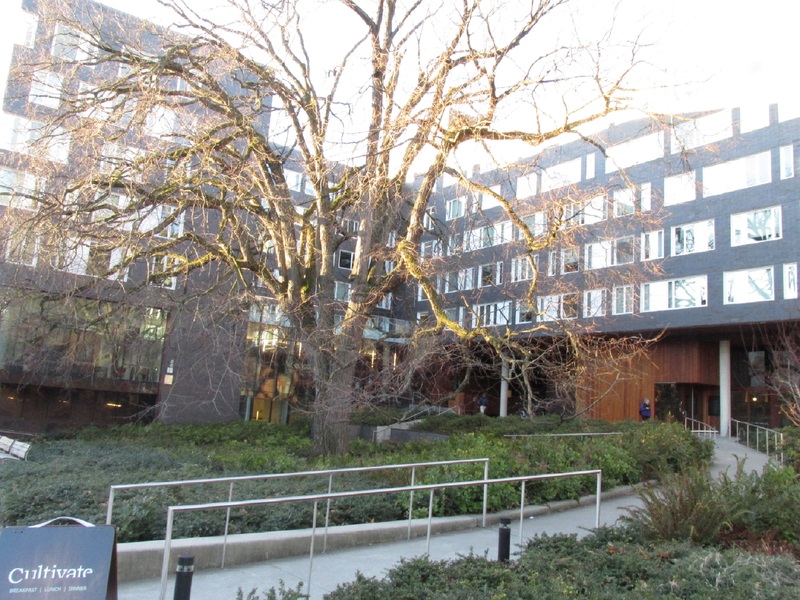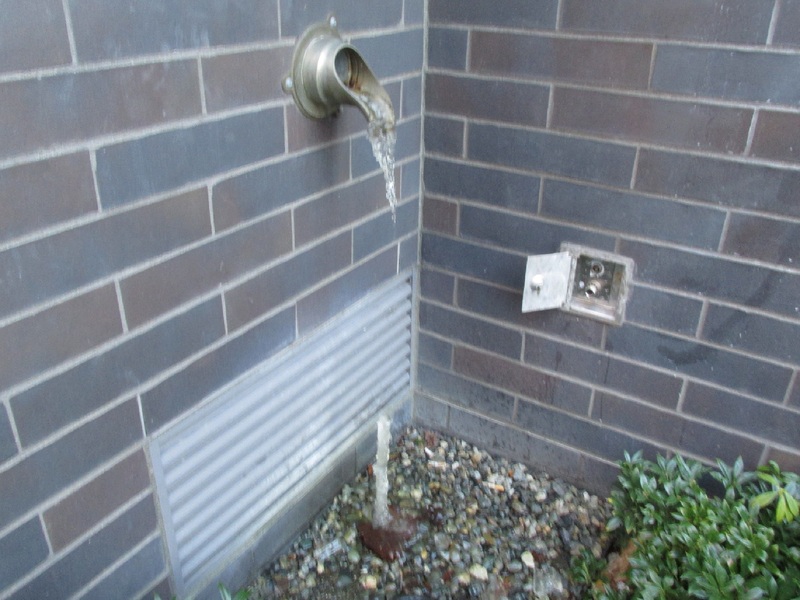Site Report 2

Zoomed in and cropped image of a land classification map of the topography of the University District area circa 1897. University District (Seattle, WA). Created in 1900. University of Washington Libraries Map Collection.

View of the University District looking north across Portage Bay circa 1906. University District (Seattle, WA). Taken circa 1906. University of Washington Libraries, Special Collections Division.

The eponymous elm tree in front of Elm Hall. University District (Seattle, WA). Taken on January 12, 2017.

A drainage spout coming out from the wall facing 41st St, the water coming out is frozen in the spout. University District (Seattle, WA). Taken on January 12, 2017.
The area of Block 27 was first surveyed in 1855 from a land exploration which began in Ohio in 1785. Native Americans were already living in the area when white explorers arrive, the Duwamish village of the Lushootseed Coast Salish nations lived near Portage Bay where Brooklyn Avenue is now today (Dorpat). Towering Douglas Firs and Red Cedars blanketed the area, which held wild game such as bears and deer, as well as large predators like wolves and cougars (Nielson 2). The first settlers, the Brownsfields, arrived in 1867 and by 1875 Seattle pioneer David Denny described that anywhere from eight to twelve acres had been clear cut for fertile farmlands (Dorpat). The area was not extremely hilly and no extensive regrades have been performed (Nielson 1). A portion of the area was set aside 1890 by developer James Moore, called Brooklyn, which was originally planned to be a resource for the University, but he had in mind this development becoming an industrial neighborhood (Dorpat).
Almost a hundred acres of land were cleared in 1890 for Brooklyn, an area which was densely forested before. This occurred after the charting of a railroad the north shore of Lake Washington and Lake Union left in its wake a trail of tree stumps (Dorpat). Other than the detrimental effect clearcutting has on the quality of air, the worst environmental effects from the area occurred in the late 1950s regarding the sewage system. Block 27’s sewage drains into Lake Washington, as do many other blocks in the area, and in the 50s Lake Washington and the surrounding areas began to give off an unpleasant odor. The odor occurred because the ten sewage plants feeding into the lake were discharging more nutrients than the rivers and streams could flush out. These nutrients were allowing for a huge population of algae to grow and emit an unpleasant stench. Systems were built to help divert the discharge from these plants, and in 1968 the lake was reported to have been the largest lake to have rehabilitated after sewage pollution. However, later that same year many children were prevented from swimming because signs stated the water was polluted and unsafe to swim in (Nielson 117).
One of the most interesting aspects of Elm Halls landscape is the large elm tree on the corner of NE Campus Parkway and Brooklyn Avenue NE. I was told by the landscaper of the building that the tree is over one hundred years’ old, although the American elm is not native to the Pacific Northwest. However, this is still entirely plausible as the elm can withstand very cold temperatures and although it is not native, the University of Washington has been established since 1861, enough time for a tree to be planted and grow for a hundred years. Another aspect of its on-going natural processes of today is a drain spout coming out of the wall which faces NE 41st St. The purpose of the downspout is to divert rainwater away from the foundation of the building in order to protect it from water damage. When the picture was taken we were in the middle of a cold spell which caused the water to freeze as it left the spout.
